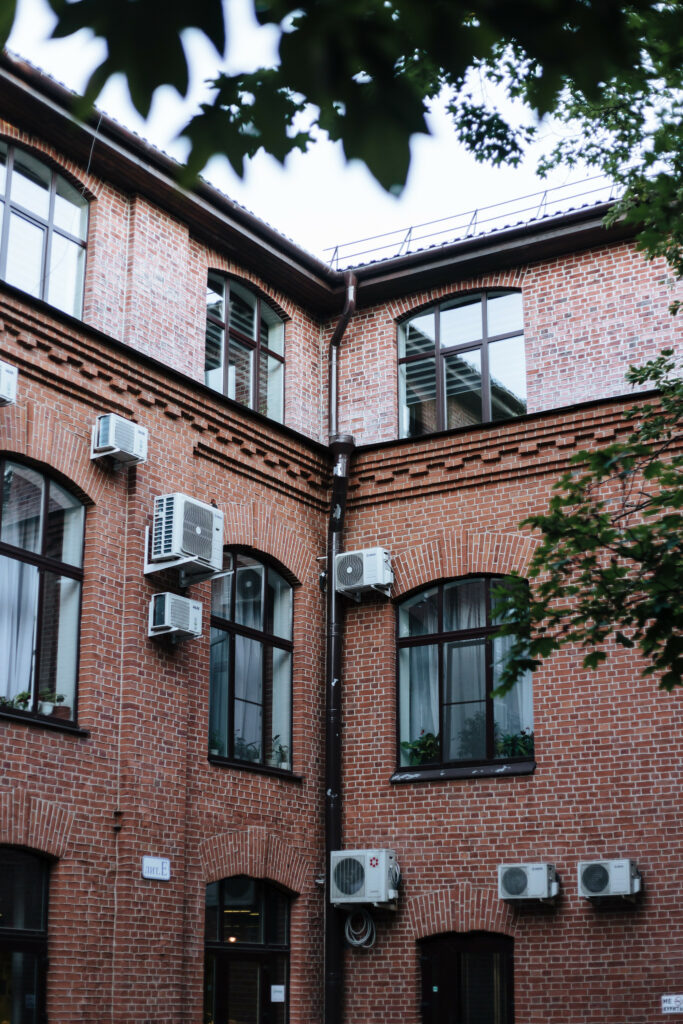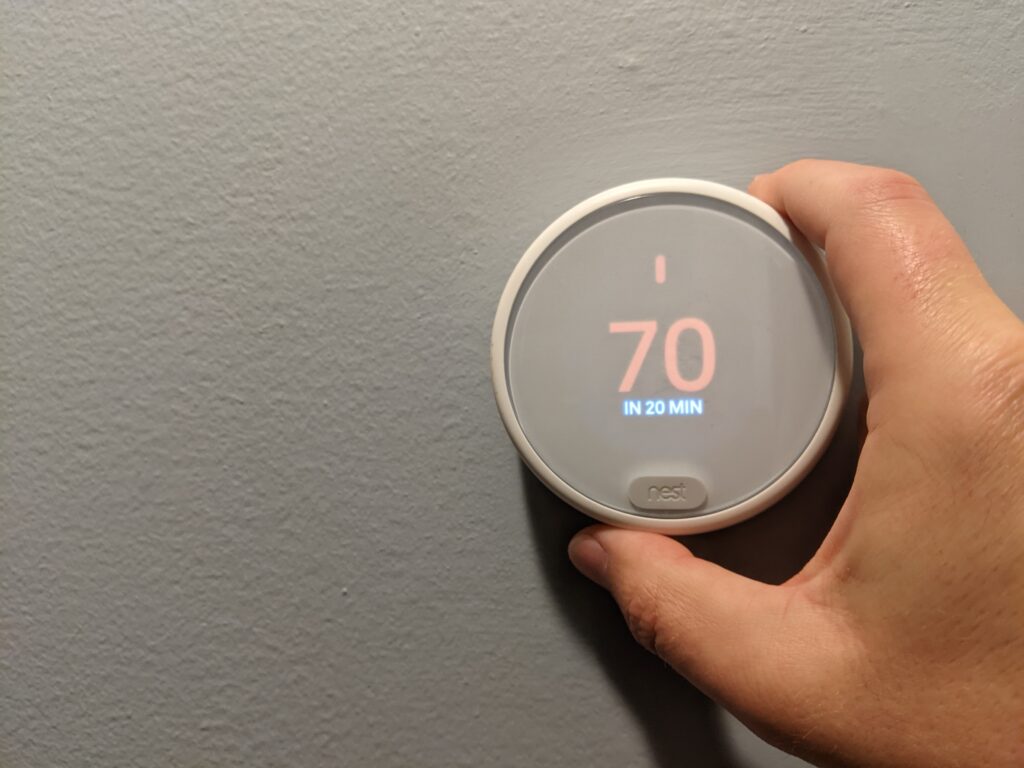We get our fair share of major wind storms here in the Triangle. Heavy winds can cause major property and home damage, and can be less obvious than other types. After a major storm passes, it’s a great idea to take some time and inspect your home. Here’s what to look for when you investigate for wind damage.
Take your time and don’t be afraid to walk around your house a few times as you do this. Being more thorough now could save you major headaches in the future.
Roof
Let’s start with the obvious – your roof. Take note of missing shingles, you’ll want to replace those ASAP. Wind damage can also cause shingles to pucker, leaving space for directional rain to cause water damage underneath. They look like little waves on your roof, which should otherwise be flat.
Gutters, Fascias, and Soffits
Gutters and downspouts can come loose if there’s significant wind damage. Similar to shingles, they need to be replaced immediately. Fascias and soffits are the areas just beneath your gutters. Dings, dents, and scratches can cause small holes in those areas, letting in water. Missing paint on any of those surfaces could indicate problems, make sure to take a closer look.
Windows
Windows, and the cladding around them, are particular soft spots for wind damage. Cracks are generally easy to find. Take time to inspect the cladding around each window as well. Similar to fascias and soffits, they protect the interior of your wall from the elements.
Chimney
If you can, safely inspect your chimney and flashing (the aluminum joint between your chimney and roof). Cracks in your chimney should be addressed immediately. High winds and debris can also cause gapping between the flashing and either of the other surfaces.
Crawl Space
Make sure there’s no pooling water in your crawl space. Building codes ensure proper drainage under normal circumstances, but erosion and wind damage can eventually create openings for rain. Additionally, if you’re storing anything in your crawlspace, check to make sure it isn’t wet.
A/C Unit, Fencing, Out Buildings, and Trees
I take another lap outside to inspect the “non-house” elements. The A/C condenser unit (that’s the outside one), sheds, and fencing all deserve some attention after a storm. Damage to these things is usually obvious, but they’re important enough to make the list.
While you’re still outside, look at any trees that are leaning after the storm. An arborist will be able to tell you if it’s in danger of falling over the next time a storm comes through.
Attic
Even if you didn’t catch any roof damage outside, it’s a good idea to walk through your attic space. Look for water stains on the underside of the roof decking. They might not correspond directly to exterior damage locations – water can travel between layers before it appears in an attic.
Calm After the Wind Storms
It’s important to take some time to inspect your home after a storm. Wind damage and debris can seem small, but will cause major issues over time. High winds can also blow rain in strange directions, so be thorough, even if you don’t think much happened.
With this checklist in your hand and a few laps around your home, you’ll be well-prepared to spot any problems before they become expensive headaches. A little proactive action on your part can avoid costly repairs or insurance claims down the road.
Wind storms aren’t a joke when you’re a home owner. A well built house can still sustain damage from debris or high winds. What’s most important is that you fix small damages immediately.







Leave a Reply